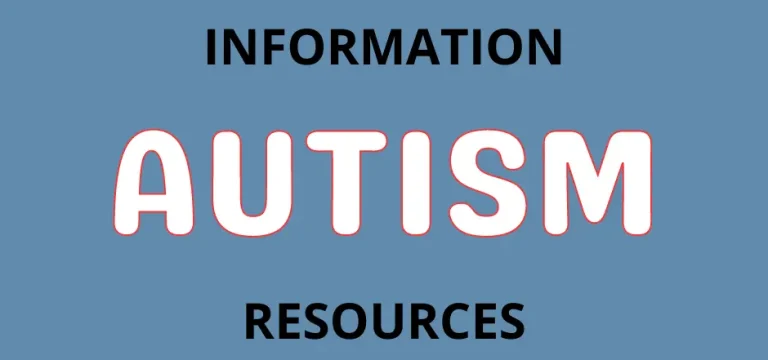
Click on each question to read the answer.
Autism or autism spectrum disorder is a neurological disorder that affects how someone communicates, behaves, and views the world. ASD is different for every person, but there are some common symptoms which may help diagnose a person with ASD.
This PDF from AMAZE has a simple and understandable explanation of ASD:
The CDC has great information about ASD and symptoms on their website:
Autism and autism spectrum disorder are the same diagnosis, just with different phrasing. ASD is wording used to describe the wide range of symptoms those with autism can have. Previously, the diagnosis of “Asperger’s” described someone with “high functioning autism.” Asperger’s became part of ASD in 2013.
According to the CDC, here are some signs that your child might be on the autism spectrum:
Ages 9-12 months
- Avoids or does not keep eye contact
- Does not respond to name
- Does not show facial expressions like happy, sad, angry, and surprised
- Does not play simple interactive games like pat-a-cake by 12 months
- Uses few or no gestures by 12 months of age (like waving goodbye)
Ages 1 year old to 3 years old
- Does not show you an object that he or she likes by 15 months of age
- Does not pretend by 2-3 years old like pretending to “feed” a doll
- Shows little interest in other children
- Has trouble understanding other people’s feelings or talking about own feelings at 3 years old
- Does not take turns by 3 years old
Ages 4-11
- Delayed language and/or movement skills
- Hyperactive, impulsive, and/or inattentive behavior
- Anxiety, stress, or excessive worry
Any Age (including adults)
- Gets upset by minor changes
- Has obsessive interests
- Must follow certain routines
- Flaps hands, rocks body, or spins self in circles
- Has unusual reactions to the way things sound, smell, taste, look, or feel
The National Institute for Neurological Disorders and Stroke has a great website page with detailed information about autism Spectrum Disorder:
Autism Speaks also has various toolkits on their website to aid in understanding autism:
https://www.autismspeaks.org/tool-kit
You can also call a representative at Autism Speaks to learn about autism spectrum disorder directly: 1-888-288-4762 (En Español: 1-888-772-9050)
This PDF has some helpful information that you can give your child’s teacher(s), as well as a form that can be printed and filled out based on your child’s specific needs: https://behavioral-pediatrics.org/wp-content/uploads/2019/07/ASD-Teacher-Handout-instructions.pdf
When telling children about their sibling’s diagnosis, help them understand why their sibling may act differently, need different things, or get “special treatment.” This website provides some helpful information about how to approach the topic with your children: https://raisingchildren.net.au/autism/communicating-relationships/family-relationships/siblings-asd#explaining-autism-to-siblings-nav-title
This webpage from Kids Health has a helpful Q&A in children’s language: https://kidshealth.org/en/kids/autism.html?ref=search
For younger children to understand better, there are a few books which can explain ASD in easily understood language:
For Children 3-6 years old:
“Since We’re Friends” by Celeste Shally. Here is a video of the book being read: https://www.youtube.com/watch?v=m6Sy3FT82fg
For children 4-8 years old:
“My Brother Charlie” by Holly Robinson Peete & Ryan Elizabeth Peete. Here is a video of the book being read: https://www.youtube.com/watch?v=LKxelsOXD4Q
For children 5-8 years old:
“Uniquely Wired: A Story About Autism and Its Gifts” by Julia Cook. Here is a video of the book being read: https://www.youtube.com/watch?v=br-Y-ntf6Ss
Check out our Books We Love page for more book titles.
When telling other people about your child’s autism diagnosis, they may respond with shock, disbelief, or express some untrue assumptions or prejudices towards autism. Try to be patient with those who have just learned about your child’s autism diagnosis, answer any questions they may have, and correct any misinformation they may believe.
Since an autism diagnosis takes a long time, you and your child have had to adjust to this new information. Give the people around you some time to adjust to the idea and learn about autism. After learning more about autism, the people around you can better understand how it affects your child. You also do not have to tell everyone right away, and can tell people gradually over time.
Your child may also have needs and traits which do not match up with a person’s understanding of autism. Take time to explain to them that autism looks different on every person.
Specifically for telling your child’s grandparents about their diagnosis, this PDF from Autism Speaks is a helpful toolkit for grandparents to learn about ASD: https://www.autismspeaks.org/tool-kit/grandparents-guide-autism
ABA is Applied Behavioral Analysis. Children with autism often have behaviors that are challenging. ABA can help children with autism develop better skills to express themselves. Learn more about ABA from Autism New Jersey has more information.


